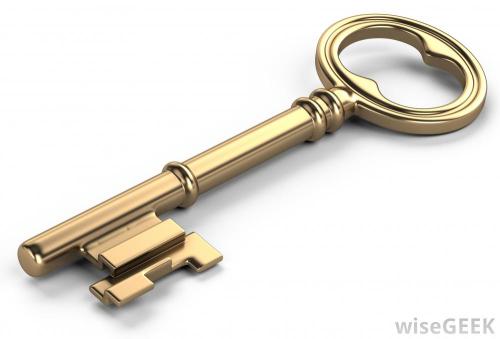Alloys: BrassAn alloy of copper and zinc that has been known about since ancient times, brass is str
Alloys: BrassAn alloy of copper and zinc that has been known about since ancient times, brass is stronger and more durable than its base components, though not as strong as steel. It has stuck around for so long because it’s easy to work with, though the malleability depends upon the zinc content, and is used in decorations and applications where low friction is required. Brass is a substitutional alloy, typically composed of around 67% copper and 33% zinc. Alloys with less zinc are occasionally called red brass while alloys with more zinc (above 45%) are known as white brasses (and are not commonly used industrially). The table below shows some of the common classifications.Other elements commonly added to brass include tin, iron, arsenic, antimony, aluminum and potentially small amounts of manganese, silicon, and phosphorus. Lead is also a common additive, though it is becoming less common thanks to growing concerns about its toxicity. Aside from the properties mentioned above there are many more reasons why brass is a desirable metal. The high copper content makes brass anti-microbial, making it ideal for use in commonly touched items. Brass is also fairly corrosion resistant, allowing it to be used in plumbing. Instruments made of brass are also extremely common thanks to the alloys workability and durability.Sources: 1 2 3 4Check out this link for a list of common brass alloys and this one for more in depth information on the properties of various alloys. Image Sources: Top left, top right, middle left, middle right, bottom left, bottom right -- source link
Tumblr Blog : materialsscienceandengineering.tumblr.com
#materials science#science#metals#alloys#copper#mymsepost#materialsposts





